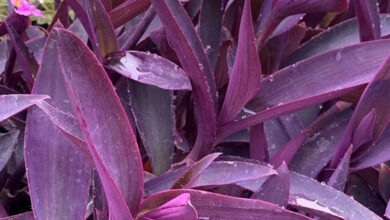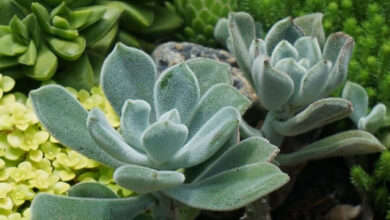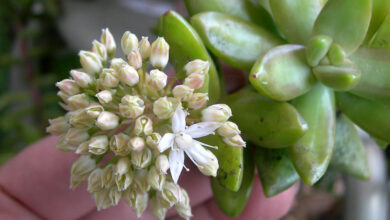Gasteria Plant Complete Care Guide
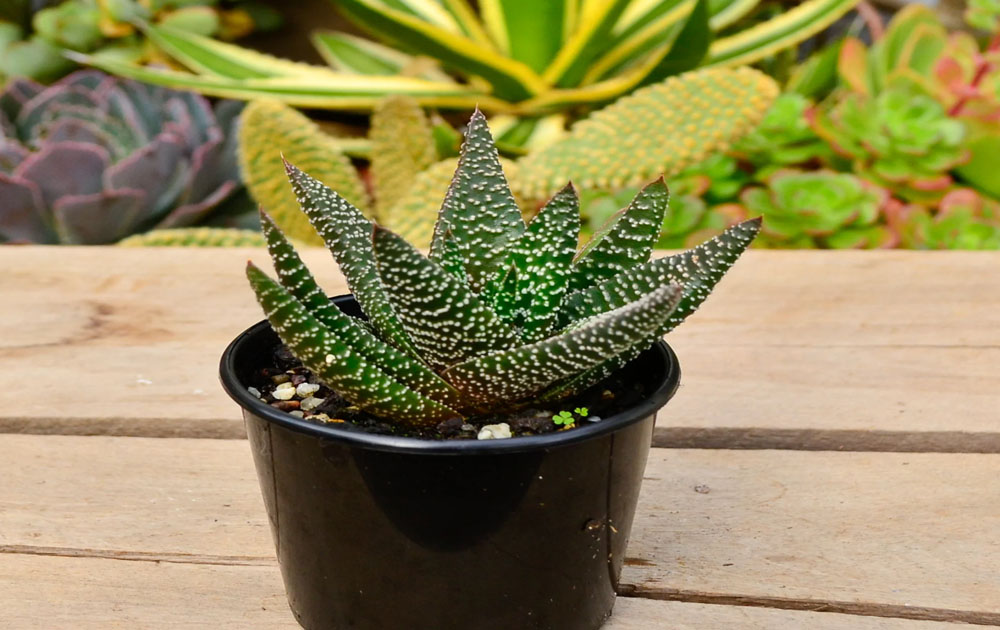
Gasteria Plant Complete Care Guide. Gasteria (Gasteria spp.) is a genus of aloe-like succulents that are quite rare. It is frequently referred to as “ox tongue” because of its long, rough-textured leaves. Gasteria leaves are typically patterned with unique patterns and colours, depending on the species. Furthermore, mature gasteria plants produce tubular, curving blooms from winter to spring. The genus Gasteria is also known for its stomach-shaped flowers (“gaster” is Latin for “stomach”).
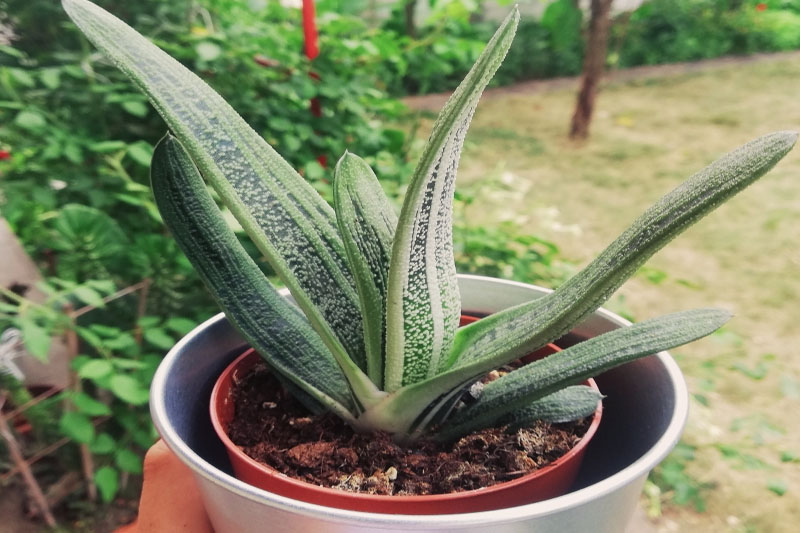
Gasteria Plant Complete Care Guide
The Gasteria plant genus is indigenous to South Africa, where it survives in mild shade. As a result, the plant embraces lower light levels than many other succulents, making it an excellent choice for a houseplant. Planting is most beneficial in the spring, although they may be started as houseplants at any time. Gasteria is a slow-growing plant that stays compact in most varieties.

Gasteria Plant Complete Care Guide
If you’re growing your gasteria indoors, like most gardeners, find a location that gets plenty of light but not direct sunshine. If you reside in USDA hardiness zones 9 to 11 and want to grow your gasteria in the garden, choose a location with dappled sunshine, such as under a tall tree. Furthermore, for the summer, indoor potted gasteria plants can be carried outside and planted in a moderately shaded location.
Keep in mind that plants do not like water falling straight on their leaves, so if feasible, offer some shade from rain and sprinkler systems. Otherwise, the leaves may begin to decay. Similarly, proper drainage from both the soil and the planting pot is essential.
Light
These plants prefer bright lighting but not direct sunlight. Keep them away from the intense midday sun. White or yellow leaves may indicate that the plant is getting too much sun.
Soil
For container plants, use a cactus potting mix or similar fast-draining potting soil combined with a few handfuls of sand. To offer adequate drainage, somewhat sandy soils with a pH of 6 to 7 are suitable for garden plants.
Water
Like other succulents, these plants do not require a lot of water. Allow the soil to nearly totally dry out between waterings. When the plant receives rainwater outside, no further watering is normally required.
Humidity and temperature
Gasteria prefers warm summers and mild winters (down to 50 degrees Fahrenheit). Frost may be lethal to plants. Gasteria leaves may become a lighter, brighter colour in warm weather, which is very normal.
Gasteria plants, like other succulents, dislike high humidity. To prevent rot, only water your plant when the soil is dry since humidity will give much of the plant’s essential hydration.
Fertiliser
Use a good fertiliser once a year in the spring. Follow the quantity directions on the label. Gasteria plants want a bit more organic matter in their soil than other succulents, so adding in approximately 10% compost at the time of planting might be beneficial.
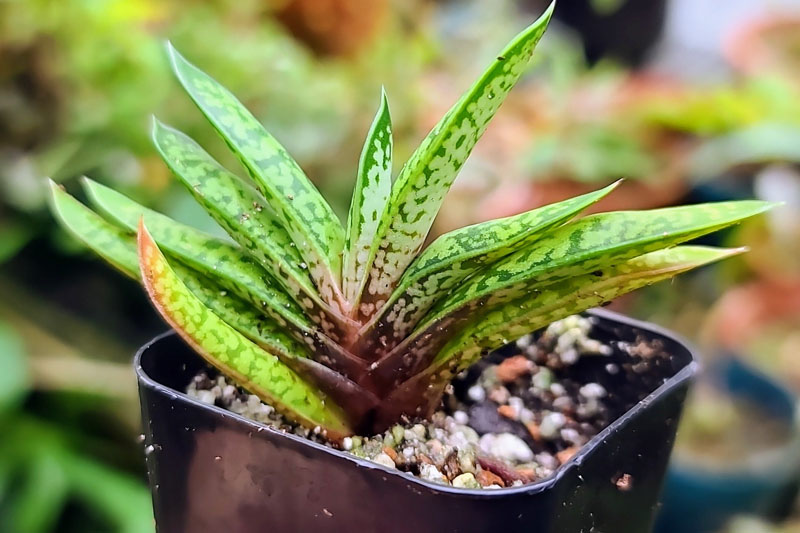
Gasteria Potting and Repotting
Choose a container with plenty of drainage holes for planting gasteria. Unglazed terra cotta pots, which enable soil moisture to escape through their walls, are popular among gardeners. This helps in the prevention of rot caused by overwatering. Also, because these plants have shallow roots, choose a shallow and broad container over a deep and narrow one.
Furthermore, because gasteria plants grow slowly and remain little even when mature, you won’t need to repot them frequently. However, mature plants will send up baby offset plants over time, which may eventually overcrowd the container. You have the option of repotting the entire plant cluster into a larger container or removing the offsets from the parent plant and placing them in separate pots.
Common Plant Pests and Diseases
Gasteria plants are sensitive to fungal infections, which often manifest as black patches on the leaves. This is usually caused by excessive humidity or wetness on the leaves. Fortunately, these fungal diseases normally do not spread fast and may be controlled by keeping the plant dry, increasing airflow, and applying fungicidal soap.
Gasteria Plant Complete Care Guide-FAQ
Is gasteria a type of haworthia?
Both are native to South Africa and resemble small aloes, although they are separate species within the same plant family.
Is it possible for gasteria to bloom?
blossom colour and form vary between species, but most blossom on long stalks from late winter to early spring.
Do gasteria enjoy being root-bound?
No plant enjoys being root-bound. Because gasteria grows slowly, it is unlikely to become root-bound, but if it does, it is time to repot it in a larger container.

